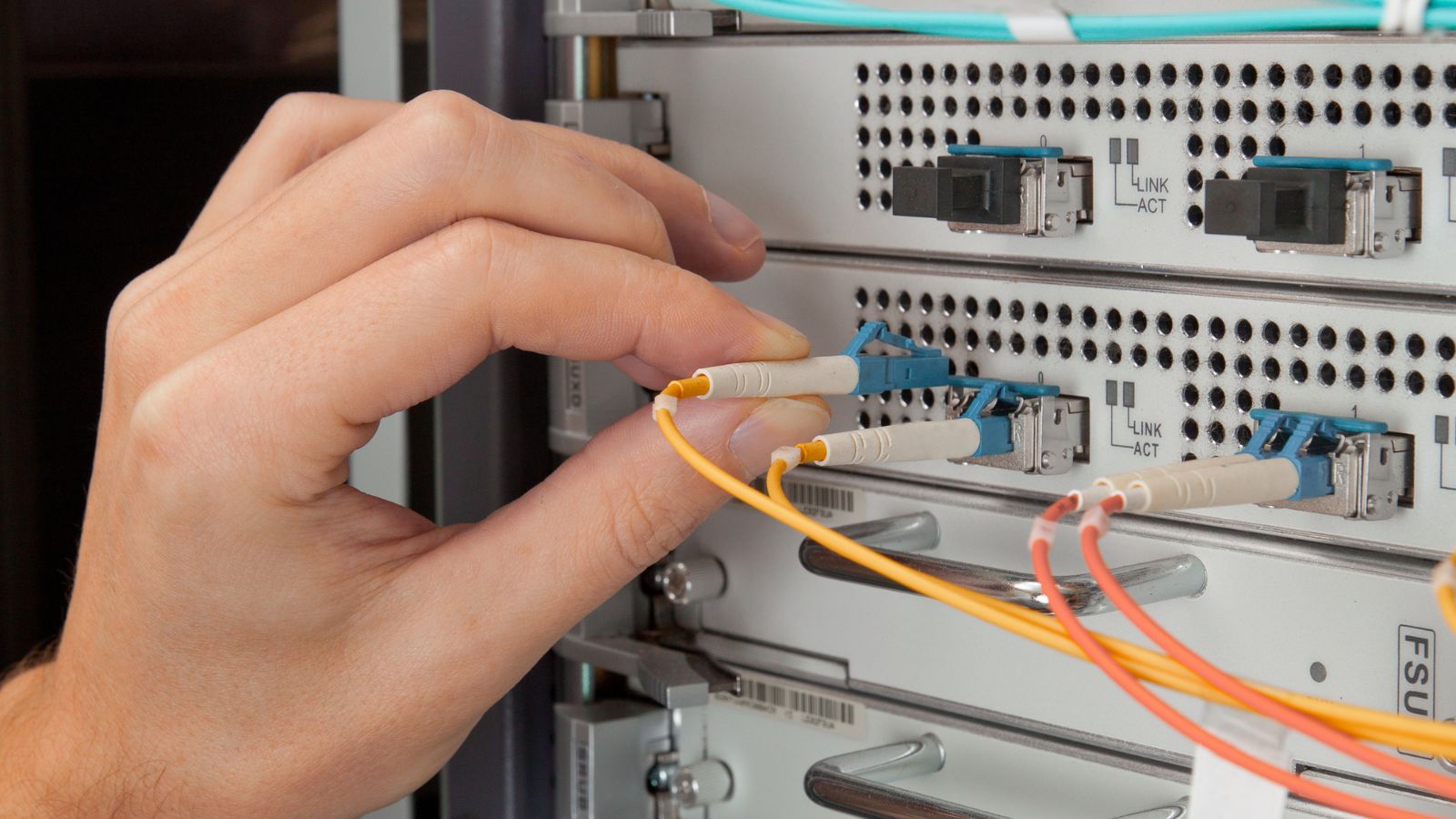Remote work has revolutionized how we approach our professional lives, offering unparalleled flexibility and the comfort of working from home. However, beneath the surface, it harbors several hidden productivity pitfalls that can subtly undermine your efficiency. Here are 18 surprising ways remote work might be secretly harming your productivity:
Distractions at Home

The comfort of home can be a double-edged sword. Household chores, family interruptions, and the lure of social media can easily divert your attention from work tasks. Unlike a structured office environment, the home setting often lacks boundaries, making it easy to get sidetracked.
To combat distractions at home, create a dedicated workspace, set clear boundaries with family members, and establish a routine that minimizes these distractions, ensuring a more focused workday.
Lack of Structure

Without the rigid structure of a traditional office environment, it’s easy to lose track of time and tasks. This lack of routine can lead to procrastination and inefficiency. This can result in missed deadlines and a chaotic workflow. To counter this, establishing a straightforward daily routine, setting specific work hours, and using productivity tools can help create a more organized and efficient workday.
Overworking

Overworking is a common issue in remote work due to blurred boundaries between personal and professional life. Without a clear end to the workday, extending working hours is easy, leading to burnout and decreased productivity. To prevent overworking, it’s crucial to set strict work hours, take regular breaks, and establish a clear separation between work and personal time, ensuring a healthier work-life balance.
Isolation

Missing out on face-to-face interactions with colleagues can lead to feelings of isolation. This can reduce motivation and stifle creativity, which thrives on social interaction. To combat isolation, scheduling regular virtual meetings, participating in online team activities, and maintaining social connections outside work are essential.
Communication Barriers

Communication barriers in remote work can lead to misunderstandings and errors. Without in-person cues, it’s easier for messages to be misinterpreted. This can disrupt workflow and reduce efficiency. To overcome these barriers, it’s essential to use clear and concise language, leverage video calls for more personal interaction, and ensure regular check-ins with team members.
Technical Issues

Technical issues are a common productivity killer in remote work. Poor internet connections, software glitches, and hardware malfunctions can disrupt your workflow and cause significant delays.
To mitigate these problems, ensure reliable internet service, update your software, and have backup equipment ready. Regularly troubleshooting and maintaining your tech setup can help minimize disruptions and keep your work running smoothly.
Reduced Collaboration

Spontaneous brainstorming sessions and quick problem-solving discussions are more challenging to replicate online. This can lead to fewer innovative ideas and slower project progress. Using collaborative tools to enhance collaboration, schedule regular team meetings, and encourage open communication is essential. Creating virtual spaces for informal interactions can also help maintain a cooperative spirit among team members.
Health Issues

Health issues are a significant concern in remote work. Prolonged sitting and poor ergonomics can lead to physical problems like back pain and eye strain. Lack of physical activity can also contribute to weight gain and other health issues. To mitigate these risks, setting up an ergonomic workspace, taking regular breaks to stretch, and incorporating physical activity into your daily routine is important.
Lack of Accountability

Lack of accountability is a common issue in remote work. Without direct supervision, it’s easier to procrastinate and lose focus, leading to decreased productivity. Setting clear goals, using productivity tracking tools, and maintaining regular check-ins with supervisors can help address this. Establishing a routine and self-discipline are also crucial in ensuring tasks are completed efficiently and on time.
Decreased Learning Opportunities

Decreased learning opportunities are a notable downside of remote work. With less exposure to colleagues and mentors, there’s limited chance for informal learning and professional development. This can hinder skill growth and career advancement.
To counter this, seek out online courses, participate in virtual workshops, and engage in regular knowledge-sharing sessions with your team. Proactively pursuing learning opportunities can help bridge this gap and enhance professional growth.
Difficulty in Switching Off

When your home doubles as your office, mentally disconnecting from work tasks can be hard. This constant connectivity can lead to burnout and decreased productivity. To combat this, establish precise work hours, create a dedicated workspace, and set boundaries to ensure you can fully relax and recharge during your personal time.
Reduced Access to Resources

Tasks can take longer to complete without immediate access to office supplies, specialized equipment, or on-site IT support. This can hinder productivity and efficiency. To mitigate this, ensure you have essential tools at home, utilize digital resources, and maintain a list of contacts for remote technical support. Planning ahead can help minimize these disruptions.
Increased Stress

Balancing work and home responsibilities can be overwhelming, leading to higher stress levels. The lack of a clear boundary between work and personal life exacerbates this problem. To manage stress, it’s essential to establish a structured routine, take regular breaks, and practice stress-relief techniques such as mindfulness or exercise. Creating a dedicated workspace can also help maintain a healthier work-life balance.
Security Risks

Security risks are a significant concern in remote work. Working from home can expose you to cybersecurity threats, such as phishing attacks and unsecured networks. These risks can compromise sensitive information and disrupt your workflow.
To mitigate these threats, use strong passwords, enable two-factor authentication, and ensure your home network is secure. Regularly updating software and being vigilant about suspicious emails can also help protect your data.
Limited Networking

With fewer opportunities for face-to-face interactions, building professional relationships becomes challenging. This can limit career growth and access to new opportunities. To overcome this, actively participate in virtual networking events, join online professional groups, and schedule regular catch-ups with colleagues. Proactively seeking out networking opportunities can help maintain and expand your professional connections.
Monotony

The lack of variety in your environment can lead to boredom and decreased motivation. Working in the same space every day without the change of scenery that an office provides can make tasks feel repetitive. To combat monotony, try changing your workspace occasionally, taking breaks to go outside, and incorporating new activities into your routine to keep things fresh and engaging.
Time Management Issues

Without clear boundaries, it’s easy to lose track of time, leading to missed deadlines and rushed work. Establish a daily routine, set specific work hours, and use productivity tools like calendars and task lists to improve time management. Prioritizing tasks and taking regular breaks can help maintain a balanced and efficient workflow.
Reduced Innovation

The absence of a collaborative environment can stifle creativity, as new ideas often emerge from group discussions and diverse perspectives. Without spontaneous interactions and brainstorming sessions, innovation can decline.
To foster creativity, encourage regular virtual meetings, use collaborative tools, and create opportunities for informal idea-sharing. These practices can help maintain an innovative spirit even in a remote setting.
Conclusion

While remote work offers numerous benefits, being aware of these hidden productivity pitfalls is essential. Implementing strategies such as setting a structured routine, creating a dedicated workspace, and maintaining regular communication with colleagues can help mitigate these challenges. By striking a balance, you can enjoy the flexibility of remote work while maintaining high productivity levels.
18 Reasons Why People Are Leaving Florida in Masses

Exploring factors that impact the desirability of living in Florida, this list delves into various challenges shaping residents’ experiences. From environmental concerns like rising sea levels to economic factors such as fluctuating job markets, these issues collectively contribute to a nuanced understanding of the state’s appeal.
18 Reasons Why People Are Leaving Florida in Masses
